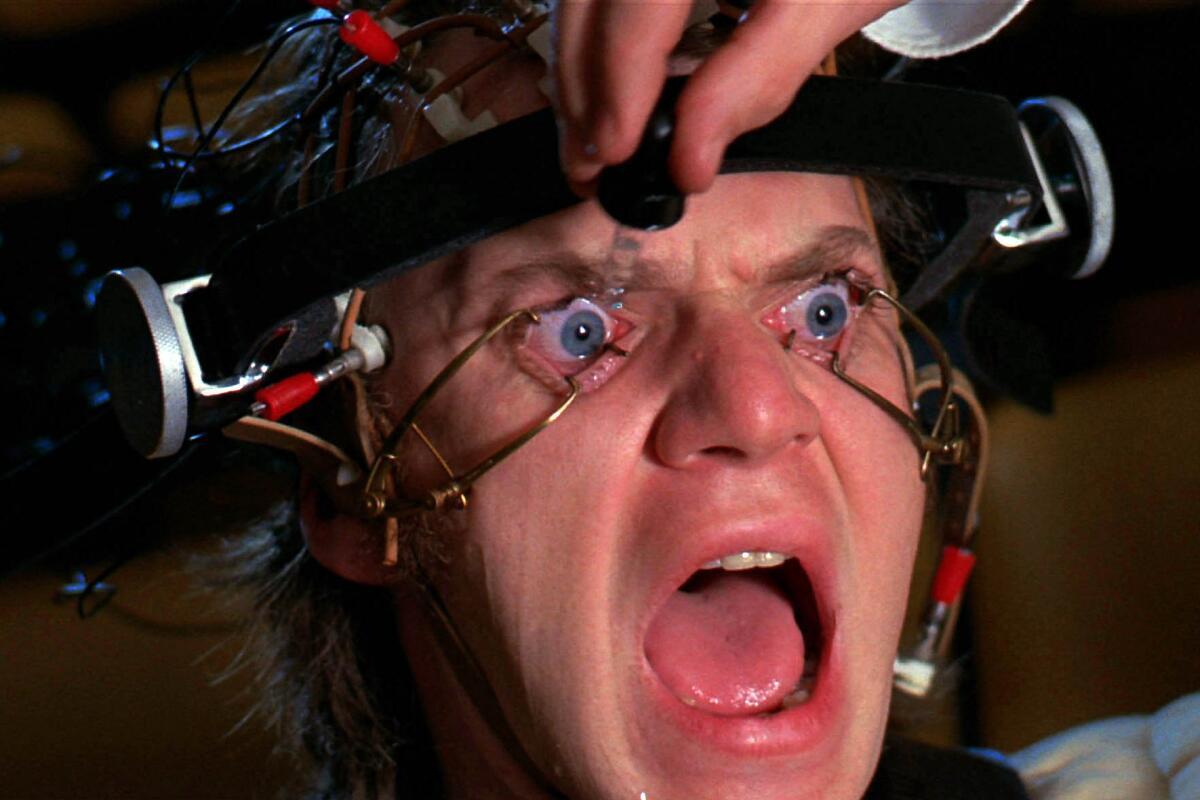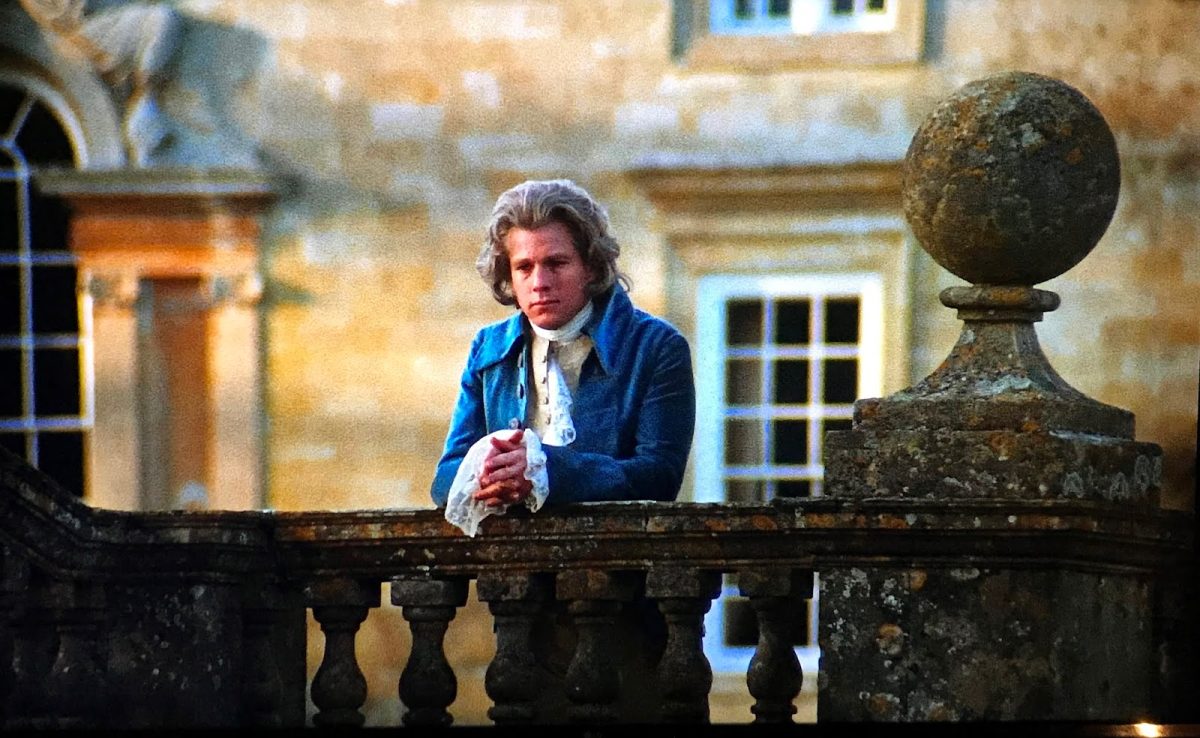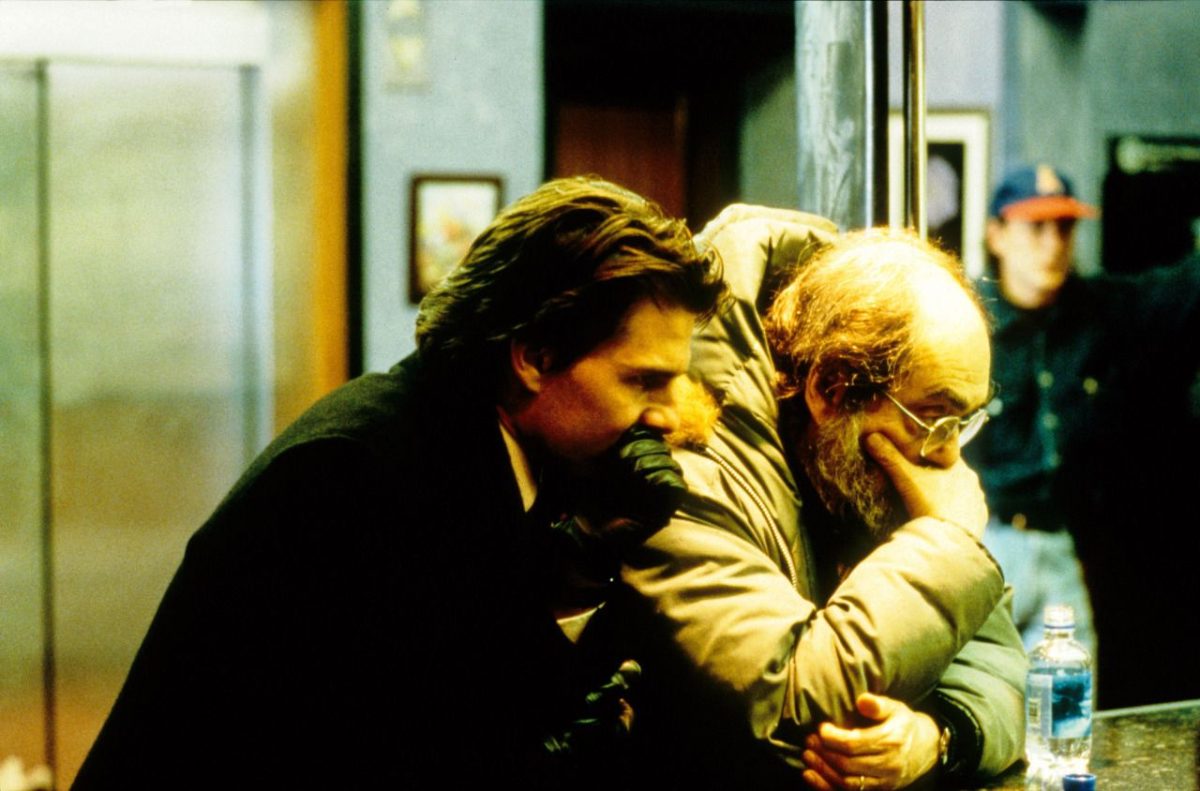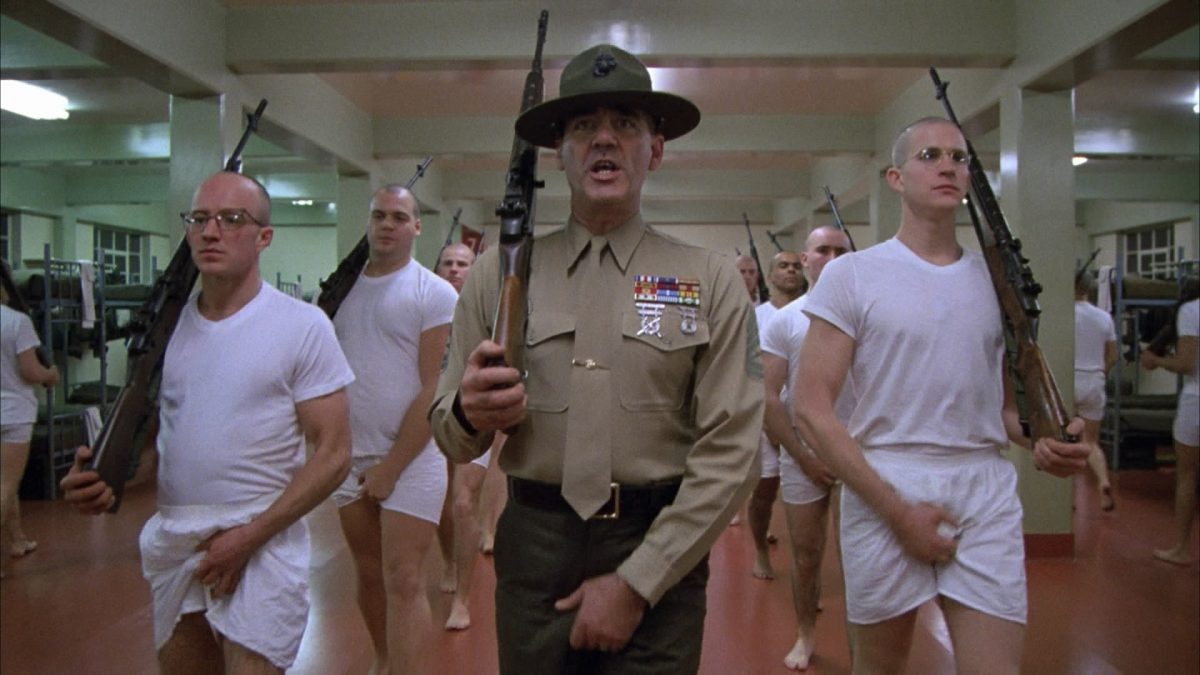Kubrick’s future shock satire is twice the movie it was accused of being
by Chris Hewitt
Time, that pesky tortoise, is forever stalking impertinent imagination. Every tomorrow comes. And goes. Stanley Kubrick’s celebrated instruments of conjecture were as finely calibrated as the Hubble telescope, but unlike his more hallucinatory space odyssey, the proto-punk prescience of his 1971 satire is largely lost now. The teenage kicks of Alex (Malcolm McDowell) are still hard to beat, but the grim future they anticipate was (re)Made In Britain by Alan Clarke — and others — in Mrs. Thatcher’s own decade of dystopia, long, long ago.
As fickle fashions change, flock wallpaper and Moog music would inevitably betray the ’70s roots of Stanley’s quickie sci-fi (A Clockwork Orange was scheduled in a hurry to fill the hole left by the cancellation of Kubrick’s complex Napoleon). Yet this was not a slow, incremental death. Rather, as the new millennium dawned, A Clockwork Orange aged almost overnight. A nightmarish vision once considered too painful for Daily Mail readers even to contemplate was suddenly fodder for the freebie DVD fad (if not from the Mail).
The sin was a simple one: availability. In these bloated days of discounted discs at the checkout, Kubrick’s revelation has become commonplace, offered as additional — wholly unnecessary — evidence of his genius. For other directors, other films, this might not be an issue, but for Stanley and Clockwork, this was something of a comedown. After all, for 27 years, A Clockwork Orange had occupied a singular place in the Kubrick canon: it was the film the director banned. The one you could not see.
In the United Kingdom, between 1973 and 2000, A Clockwork Orange acquired a mystique that mere masterpieces might expire dreaming of. Following a spate of hysterically reported “copycat crimes” and, more pertinently, death threats directed at Kubrick and his family, the director withdrew his film from distribution in the UK. It remained unavailable until his death in March 1999, joining such party favourites as e Cannibal Ferox and I Spit On Your Grave as a fixture on the ‘video nasty’ black market.
For ’80s teenagers unaware of the film’s distinguished DNA, tales of ultraviolence and the old in-out-in-out were passed around the playground in the same hushed tones usually reserved for trepanation (Driller Killer) and tree-rape (The Evil Dead). Of course, at banned-video parties, the truth would out — but not before the cheap seats had cheered their way through a blistering boys’ night out. Glazzies can — and will — be opened later, but first, oh my brothers, hang on to your yarbles, the sinny is about to begin…
We find Alex and his three droogs enthroned at the Korova milk bar, Kubrick’s camera moving with shark-stillness through the darkness before landing on the single eyelash that launched a thousand fancy-dress costumes. If the style has long since been co-opted by stag parties, time has not dimmed Malcolm McDowell’s mischievous glint, just a blink away from murderous. In a movie that draws its seductive power from complicity, the message is clear: Alex has been expecting us. Now the night can begin.
As the night bruises and eventually bleeds into day, the collusion continues and the cheap seats keep roaring. Whether he is dunking Dim into the Thames or patrolling a music store dressed as a dandy, Kubrick and McDowell invest Alex with what can only be described as grace. The rival gangs break furniture with all the correctness of the Keystone Cops, but Alex’s fists and feet have the precision of a dancer. Again, the implication is obvious: Alex is a natural. You may not agree with his actions, but you can’t help admire the purity of his impulses.
Or, as the cheap seats would have it: he’s cool.
Although the actions amaze, it is of course language that seals our conspiracy with Alex. Beginning with the syntactically challenged introduction in the Korova — “There was me, that is Alex” — A Clockwork Orange boasts one of the great first-person narrations in modern cinema, Alex’s Russian-flecked-cockney, rhyming-teen-slang infinitely more inventive than simple invective. Credit is due to the rolling-tongue relish McDowell lavishes on every Slavic syllable, but the true author of “nadsat” is, of course, English author Anthony Burgess.
Written in 1961, A Clockwork Orange remained relatively obscure until Kubrick’s film, and the attendant notoriety guaranteed it would become the first line of Burgess’ obituary. Burgess may have bristled at that thought until 1993 (when his death proved it true), but while he never fully embraced Kubrick’s film, the testy author complained just as loudly that he never got sufficient credit for his own contribution to what was widely recognised as a milestone movie.
In essays on film authorship, much ink has been spilled over the spat between author and director regarding Alex’s final chapter (quick recap: Kubrick’s movie, like the American edition from which it is adapted, excises the moral salvation the Catholic author had carefully fashioned), but in fact the damage inflicted is quite minor. Burgess’ final intimation that human nature can evolve naturally is an almost offhand corollary of the book’s central thesis that human nature should not be altered artificially, and on that score Kubrick’s film is almost doggedly faithful.
In the Staja (“State jail, that is”), Kubrick edges towards Porridge territory, but dialogue, ideas and even those famous “Ludovico Technique” images are lifted directly from the page. Kubrick rejected Burgess’ own screenplay, but it is clear that, as with A. C. Clarke, and with apologies to S. King, he kept his source close by during filming.
“Now all the time I was watching this,” Alex says of the Ludovico brainwashing films, “I was beginning to get very aware of a like not feeling all that well…” By now, back at the video nasty party, even Dim, “Dim being dim” (there’s a lot of them about), would be starting to feel a not unrelated “distress”. “What’s that pain in my Gulliver?” he would complain (already speaking nadsat like a native). “It’s the soddin’ sinny,” he would cry, “putting messels in me malenky Gulliver! Yarbles to this! Put Zombie Flesh Eaters on!” This, then, is the Kubrickian Technique. First: draw the eye with violent distractions. Second: shock them with their own thoughts. (Hint: Don’t tell them what to think, just don’t provide any easy answers.) It is more subtle than brainwashing (or even Burgess) perhaps, and, as the controversy proved, a damn sight easier to misread, but it is this very technique that makes A Clockwork Orange a required text for today’s hoodies and tomorrow’s politicians.
The notoriety, the cultural importance, the prescience, the silly fashions — all of it will fade to grey given enough time. But technique… real rock-solid, can’t teach it, can’t bottle it technique? Kubrickian Technique. Even the pesky tortoise will have trouble hunting that down.
Empire, June 2007, pp. 152-153




